Styling your home is so much fun. Seeing it all come together by building the layers of the rooms, working from the foundations like floor treatments (like DecoRug’s amazing Hardon Herringbone Flooring or the super stylish Chevron Flooring) through to window treatments, wall colours and textures is so satisfying.
But what about those bare walls? When you’re pulling everything together start exploring options for art and using art to create focal points in your rooms.
You can go minimalist and keep it very simple, using plain walls and playing with shapes and shadows from your décor objects can create stunning interiors, but we’re not all that good at the subtlety of minimalist styling. This is becoming a lot easier if you have spectacular views and you allow them to become the living art. Amazing ocean vistas, views over mountains, glitzy urban lights, or your ‘own view’ with a stunning garden all become ‘moving art’ luring your eye out.
Not all of us have this, so art is an important addition to your interior styling, however for many of us choosing art can be tough. So much to consider, style and colour, scale, and the relationship to the elements of your room? Choices are endless.
Choosing the right piece is really a personal preference. Does the piece resonate with you? Does it have some significance or meaning? If it does then have a look at your interior and determine whether the style of the piece, colour and frame, will work?
Art creates an emotional response. It can be thought provoking or calming, or just add to the overall ambience of your home.
Your interior needs a focal point, and art is perfect for this purpose, whether it’s over a bed, in a living room, or over a sideboard. First consider if your room already has a focal point, perhaps in the form of a dramatic pendant light, and consider if the art will compliment or ‘fight’ with it. However, if your heart is set on a special piece, you may need to play with you interior to get the balance right.
We’re not suggesting going bland with art. We’re not known for playing it safe, and our Block 2021 house had three pieces of striking art in the living/dining/kitchen area. Each piece helped define the differences in the uses of these spaces, while also linking them through some shared colours.
In our situation we used a base of herringbone flooring, layered with rugs and furniture to differentiate the spaces, and used art to anchor each space. If the pieces have some relationship to each other, but are different enough, it works!
When using art, also think about scale – that is the size of the piece (or pieces) and their relationship to the overall size of the space. The scale of the room we styled managed the large artworks, and we upscaled the artwork over the stairwell. We found the original piece was too small once hung, and the scale of the space and wall along with the light in the room managed a huge piece of art. The colours linked to furnishings giving a sense of purpose and calm. We were brave and took a chance on it. It worked because of all the other elements we considered.
Often people talk about interior styling rules, and while there are guidelines, there are amazing exceptions, and we love people who take a risk. Some of the incredible artists and designers in history all took risks.
If you are looking for art here are some thoughts:
- Create a focal point. If it’s to go above a bed or sideboard, measure your furniture and ensure the art is no wider than the furniture. You can use one, two or three pieces, just don’t go over the edges. The focal point can be on a different wall in the room, just ensure it’s not fighting with anything else, and that it’s the right scale for the wall.
- Think about scale. It’s as much about the depth of the room as the height and width of the wall. If you have huge space, and you can stand back to admire the art, well go for it! If not, make sure you’re not going to feel overwhelmed by a huge artwork looking over you.
- Placement and the light coming into your room makes a difference. If your art has glass, light will create glare. You won’t be able to appreciate the art! Or the reflection you see might not be desirable. Oh, and the dust! While there is glare resistant glass, think about placement first.
- Direct sunlight is not a friend of your art. Galleries don’t have art sitting in full sun, for a reason. Consider where the sun will be during the day. We’ve seen amazing displays of art in homes, where they all end up full sunlight. What a waste!
We love great artworks and admire the talented people who see the world and interpret it onto canvas. In a home it should be make you smile whenever you walk by.

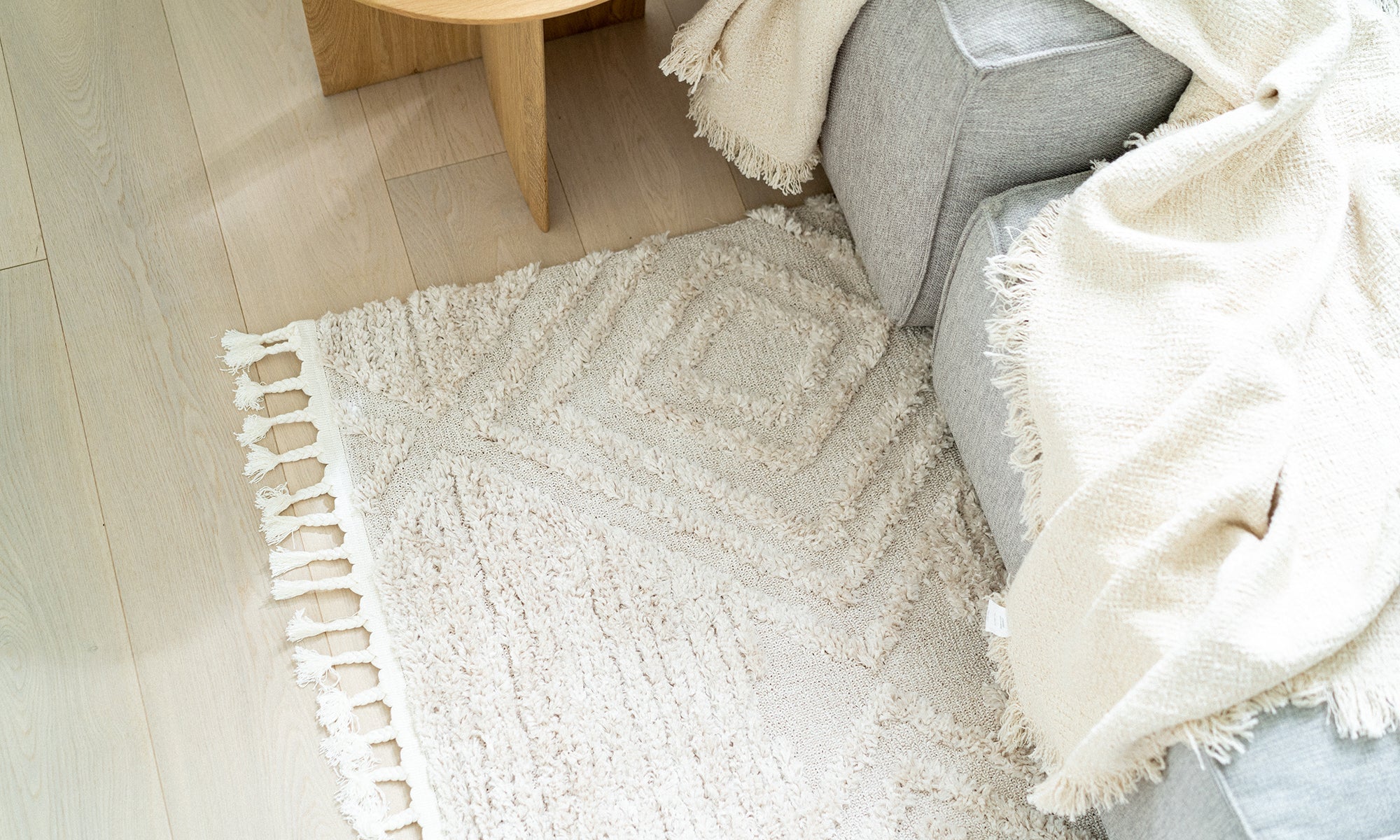
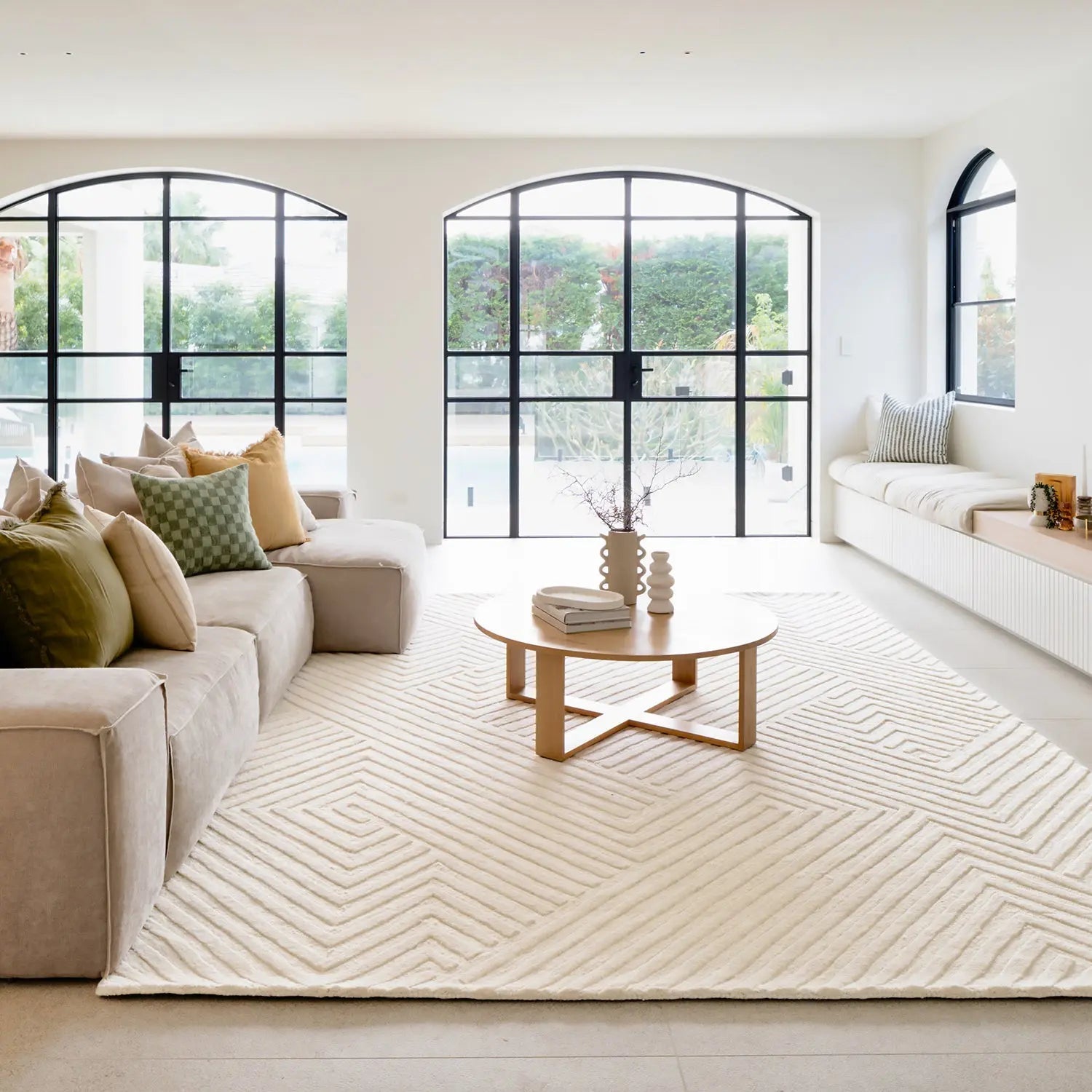
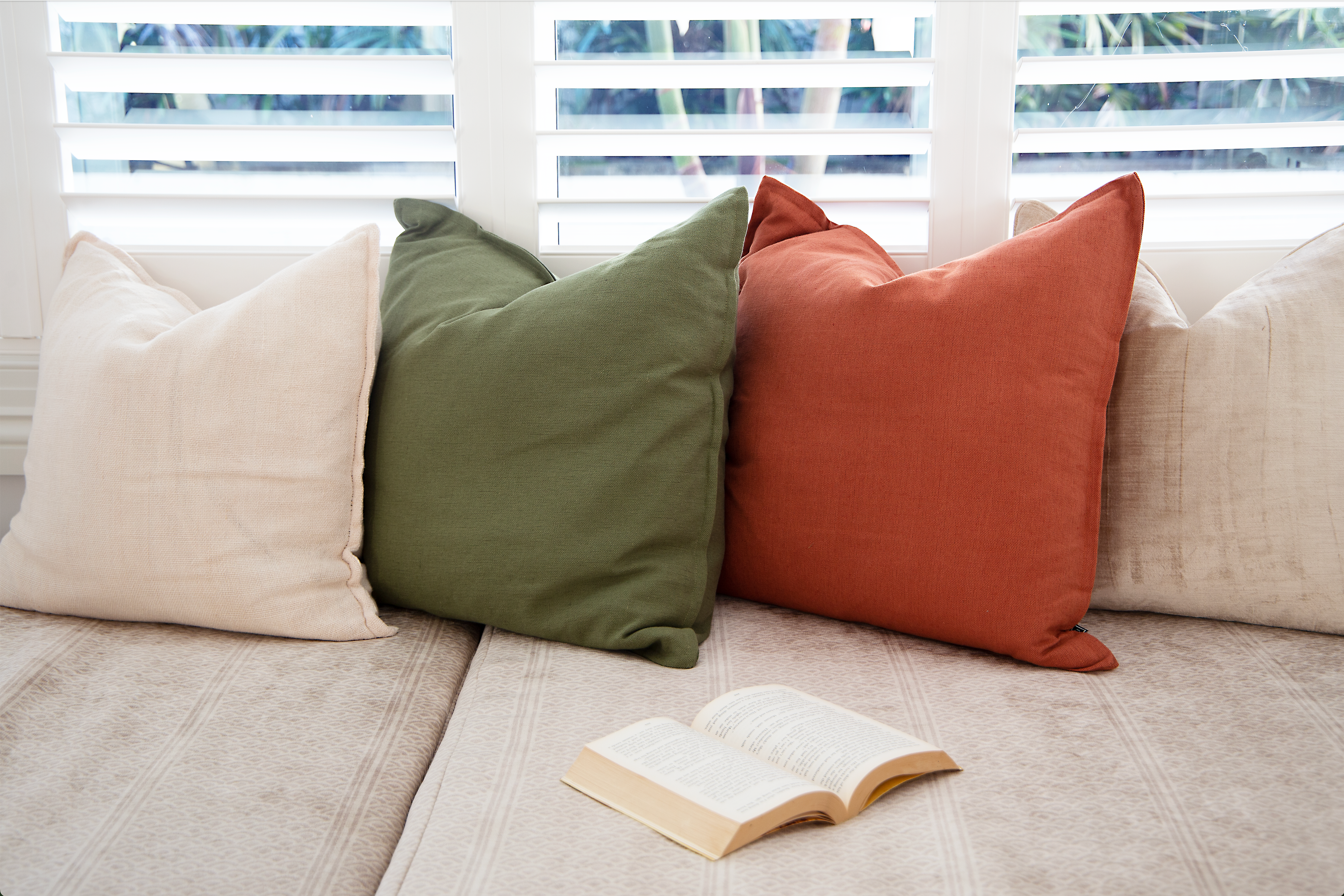
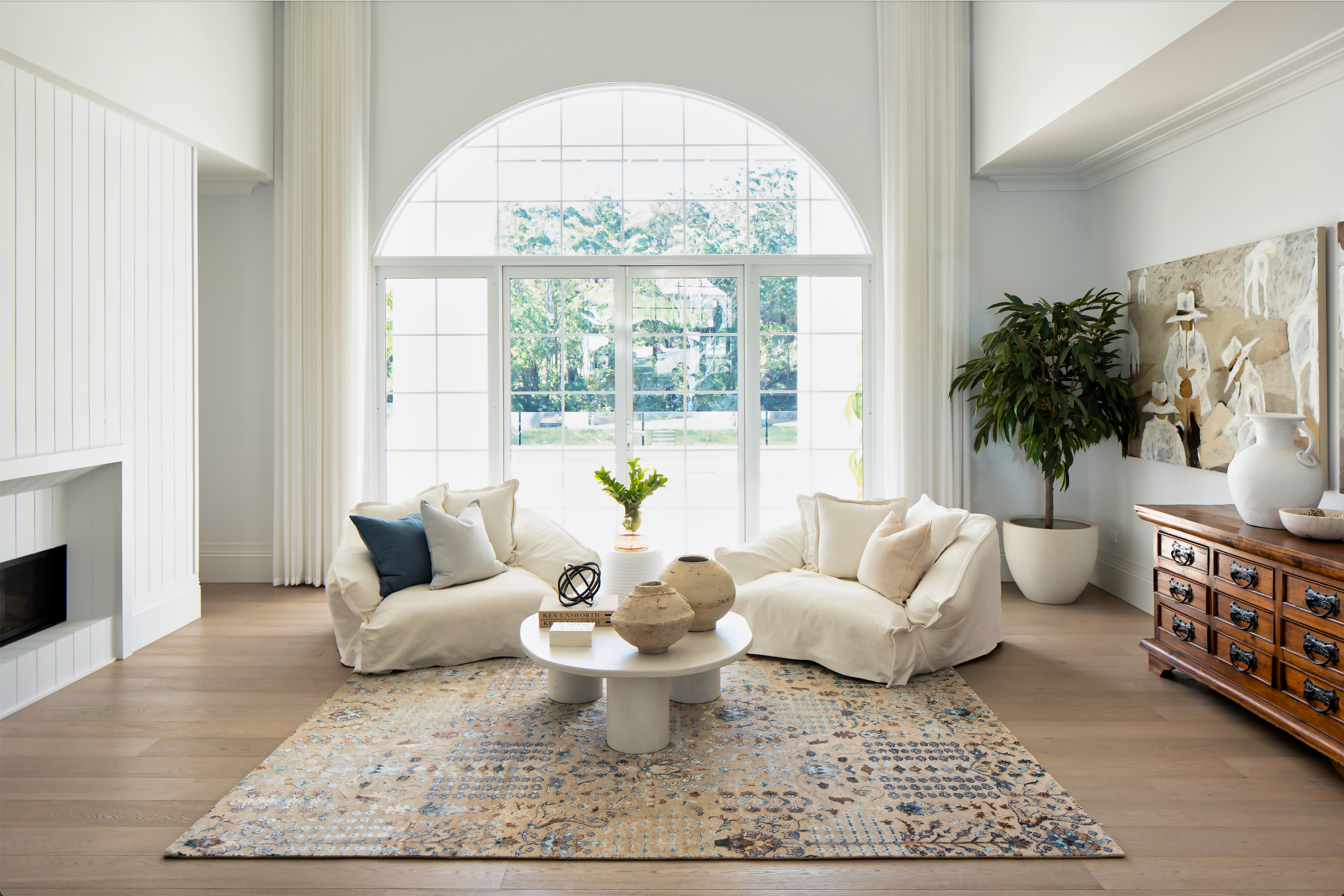
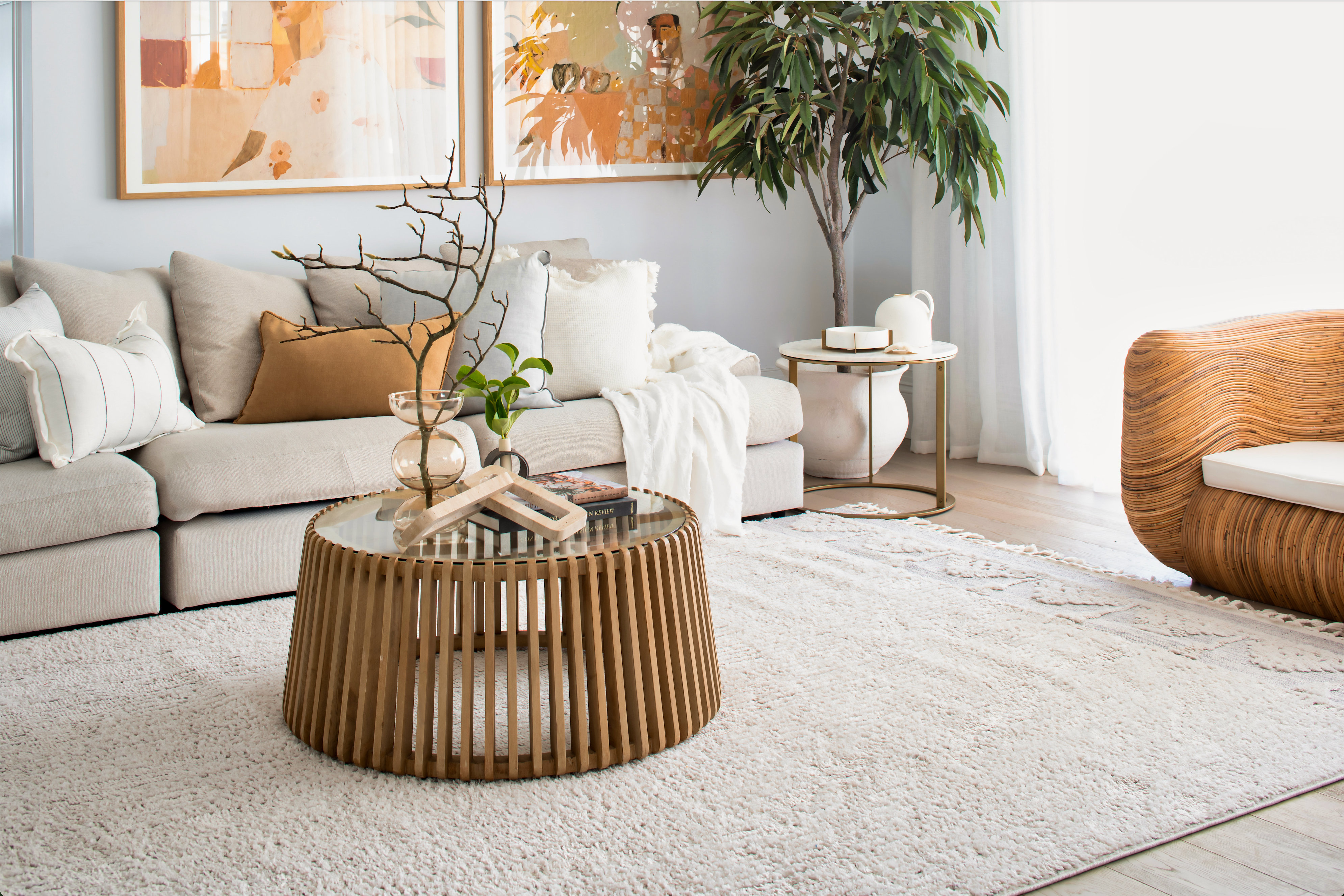

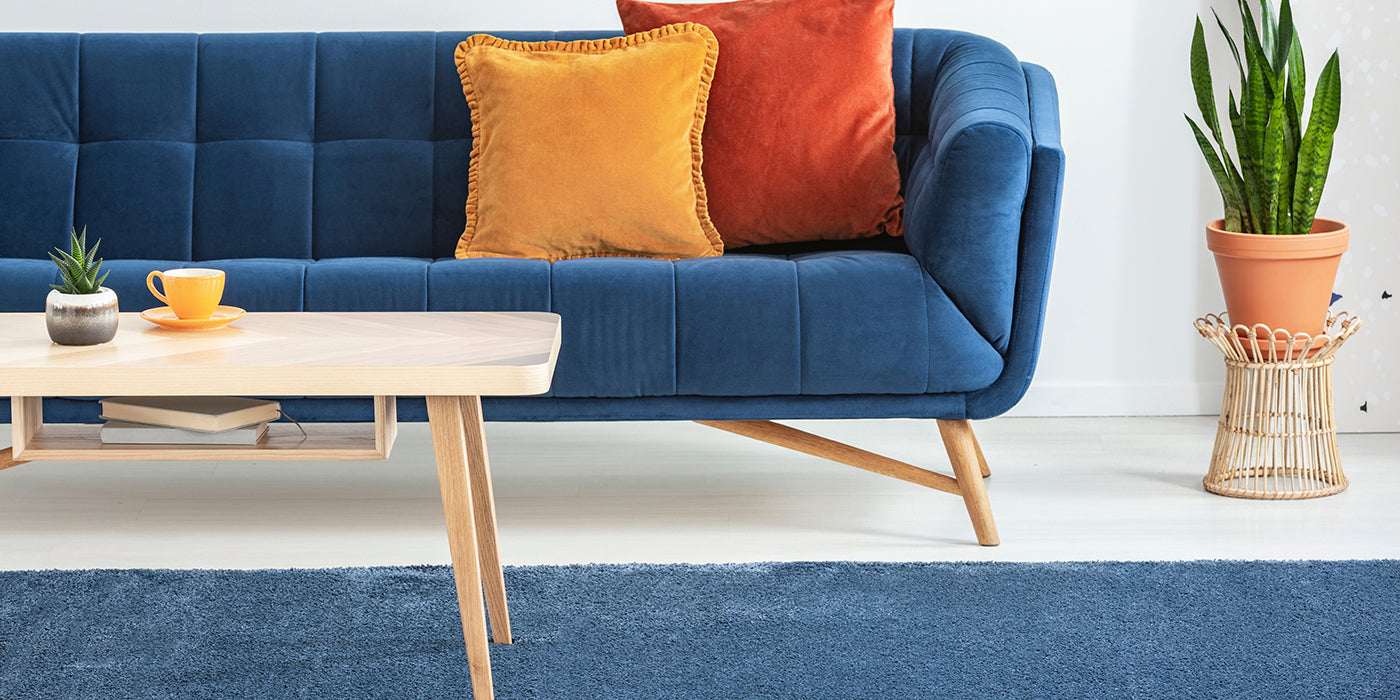
How to Style the Most Used Room in the House… Your Bathroom
Best Rugs to Add Warmth to Your Room this Winter